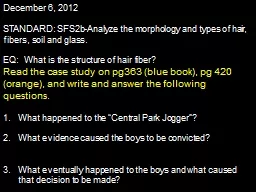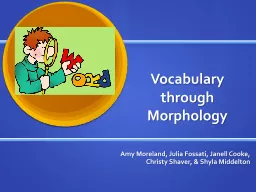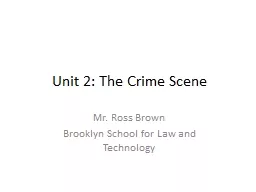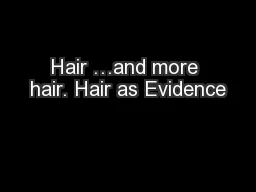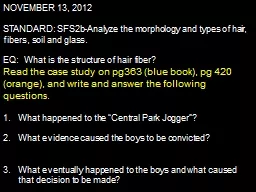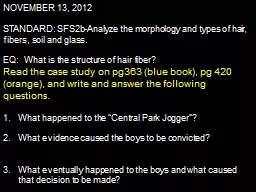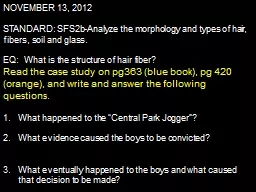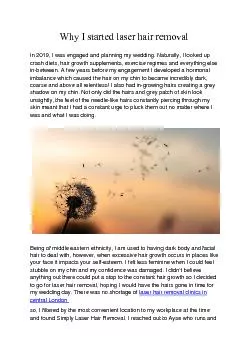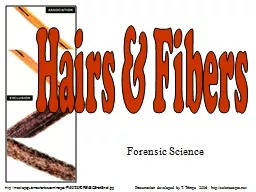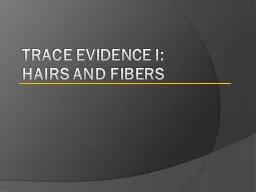PPT-December 6, 2012 STANDARD: SFS2b-Analyze the morphology and types of hair, fibers, soil
Author : luanne-stotts | Published Date : 2019-02-03
EQ What is the structure of hair fiber Read the case study on pg363 blue book pg 420 orange and write and answer the following questions What happened to the
Presentation Embed Code
Download Presentation
Download Presentation The PPT/PDF document "December 6, 2012 STANDARD: SFS2b-Analyz..." is the property of its rightful owner. Permission is granted to download and print the materials on this website for personal, non-commercial use only, and to display it on your personal computer provided you do not modify the materials and that you retain all copyright notices contained in the materials. By downloading content from our website, you accept the terms of this agreement.
December 6, 2012 STANDARD: SFS2b-Analyze the morphology and types of hair, fibers, soil: Transcript
Download Rules Of Document
"December 6, 2012 STANDARD: SFS2b-Analyze the morphology and types of hair, fibers, soil"The content belongs to its owner. You may download and print it for personal use, without modification, and keep all copyright notices. By downloading, you agree to these terms.
Related Documents

